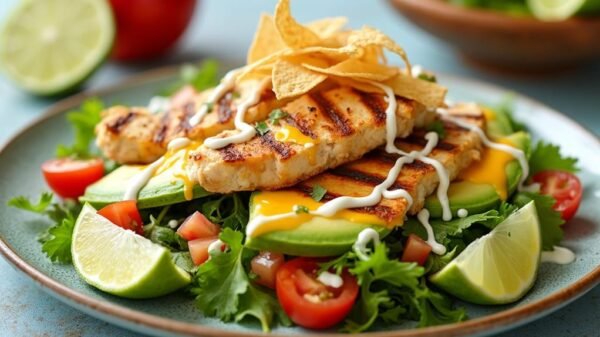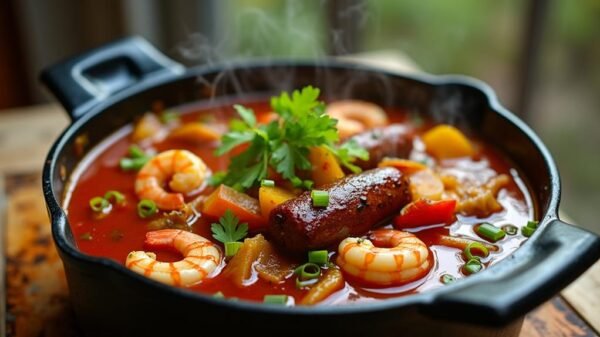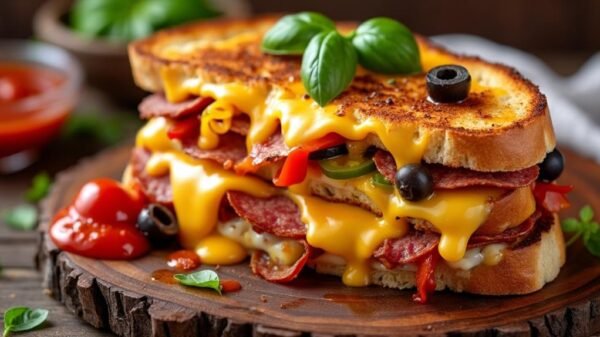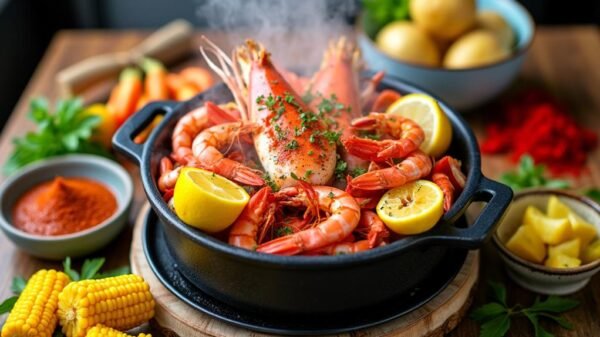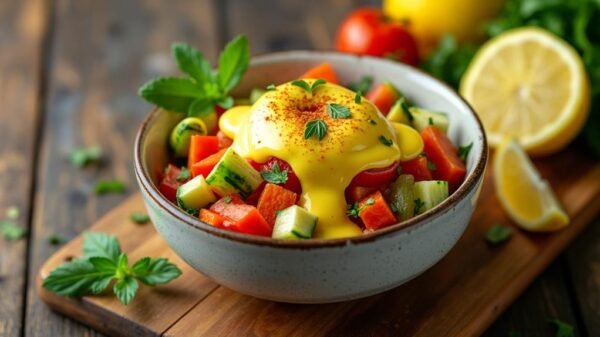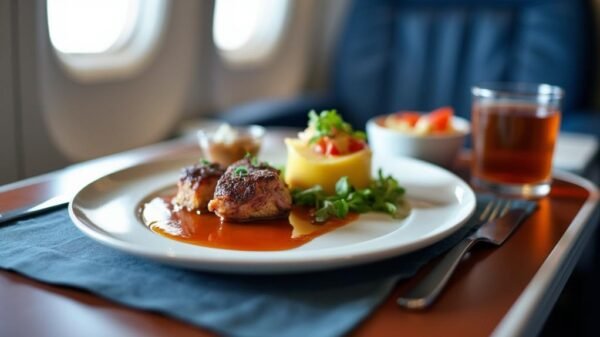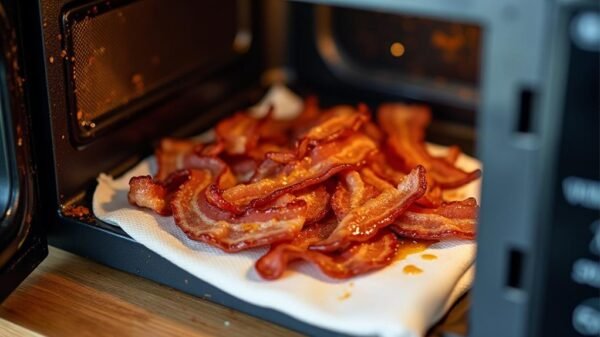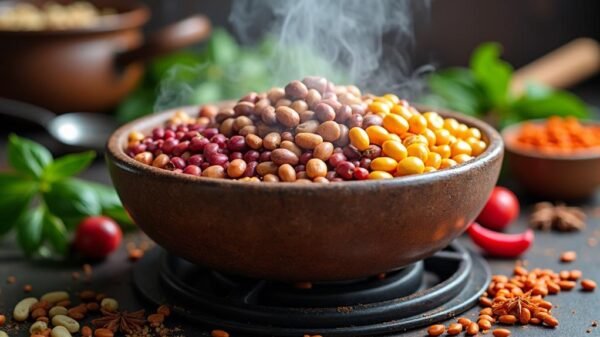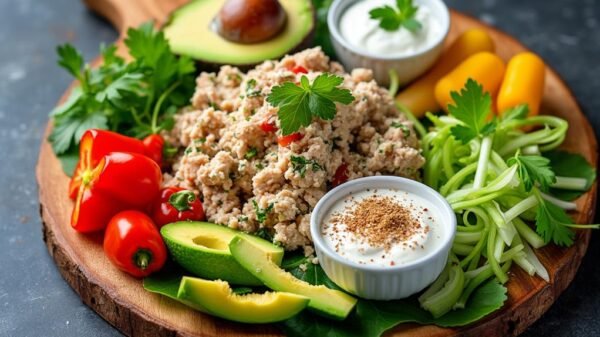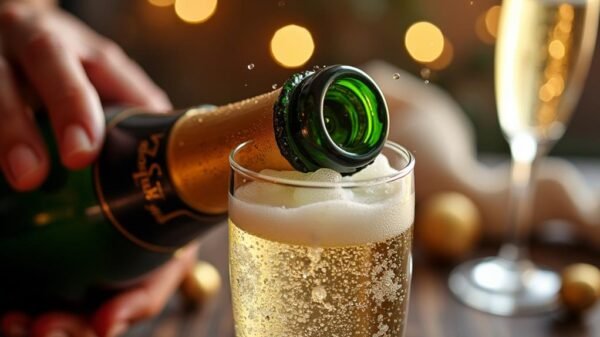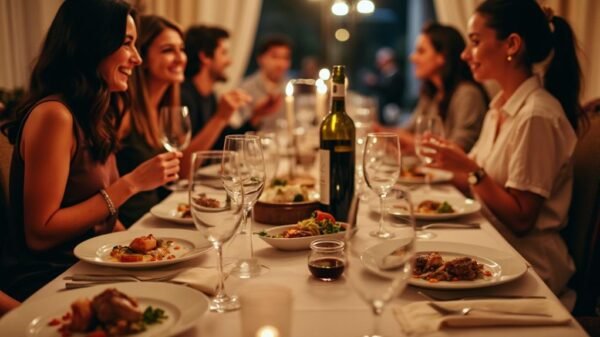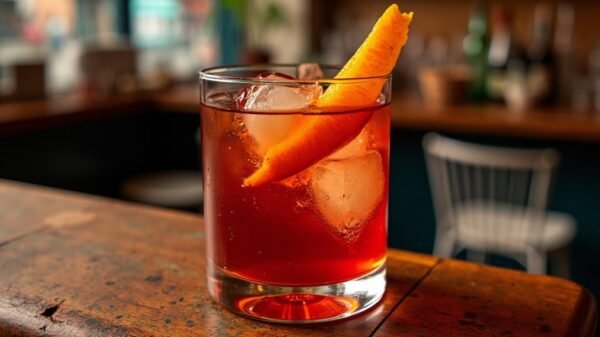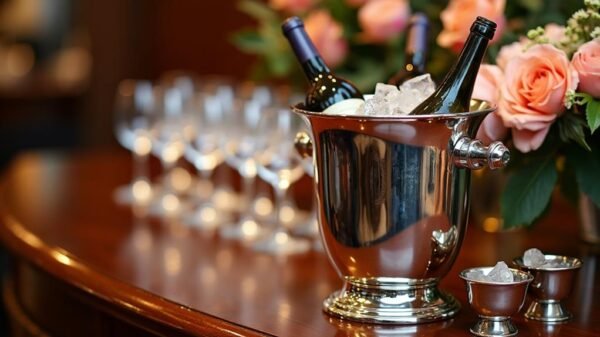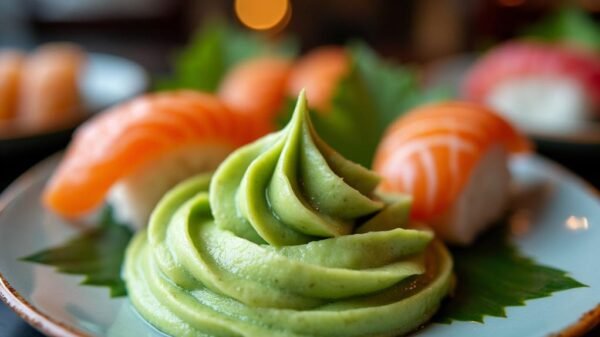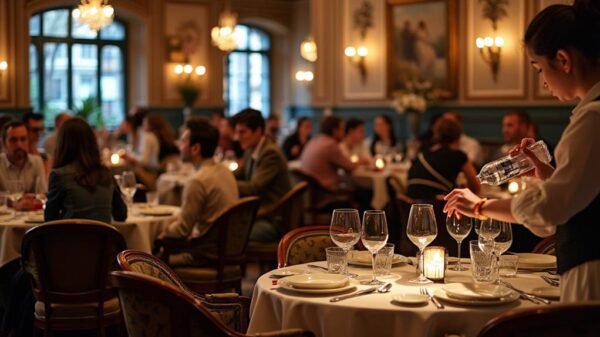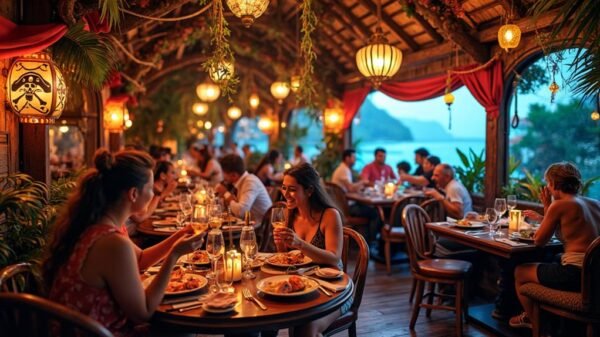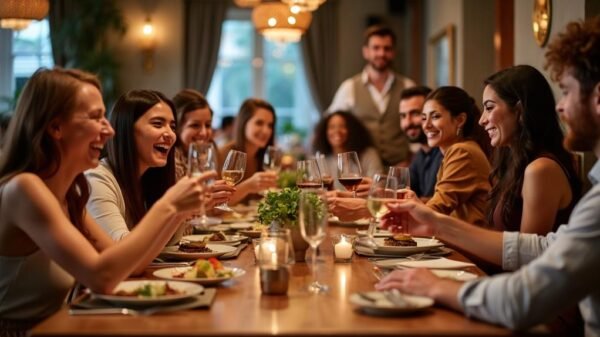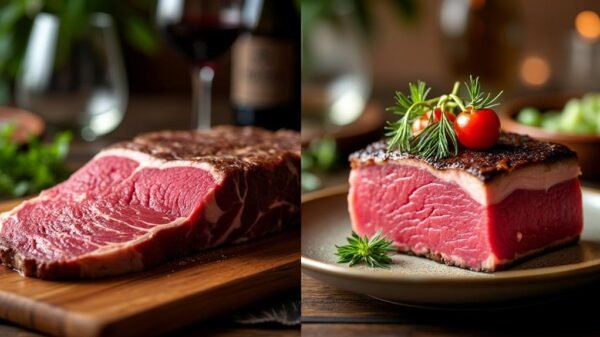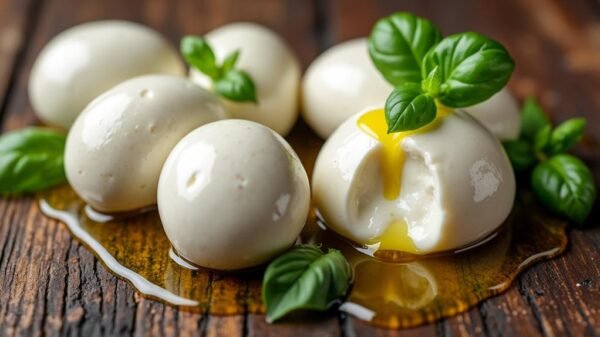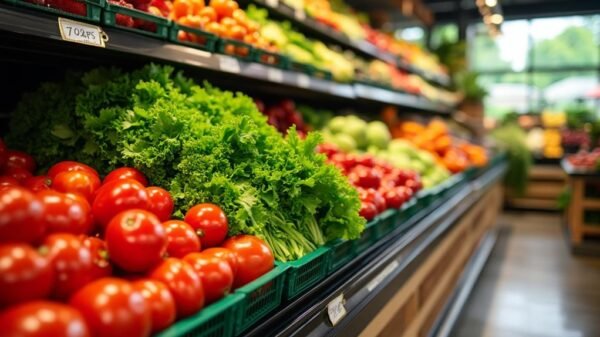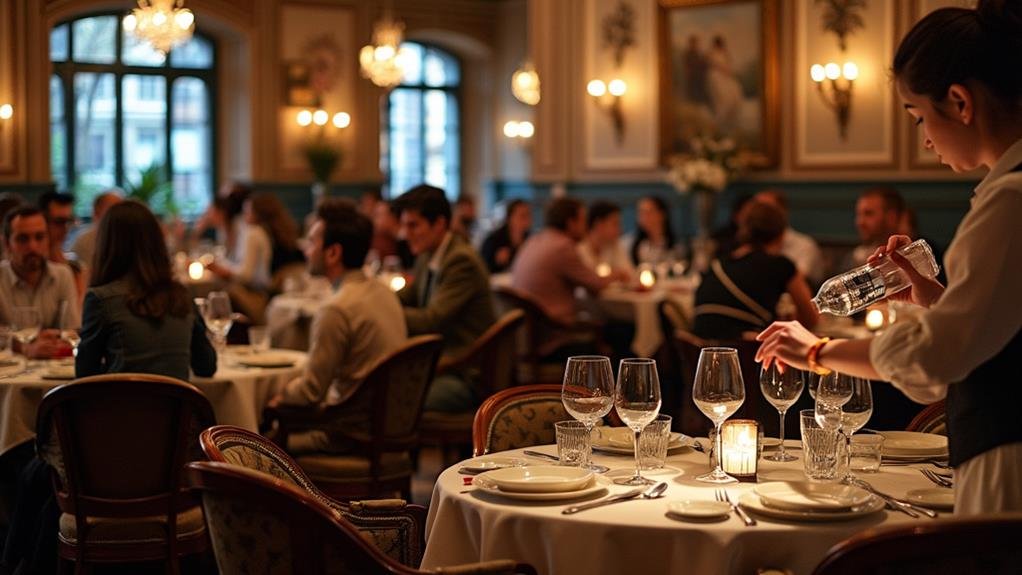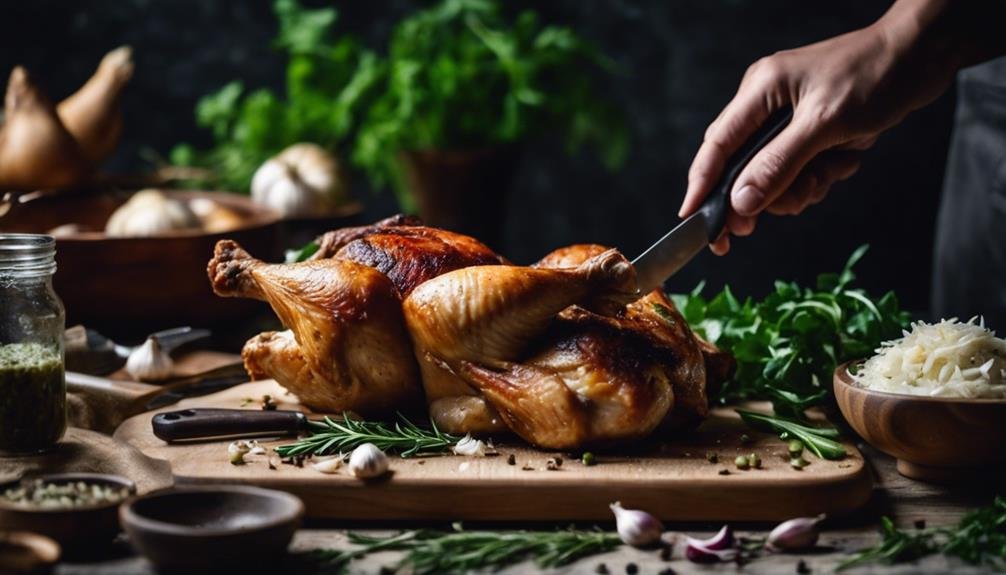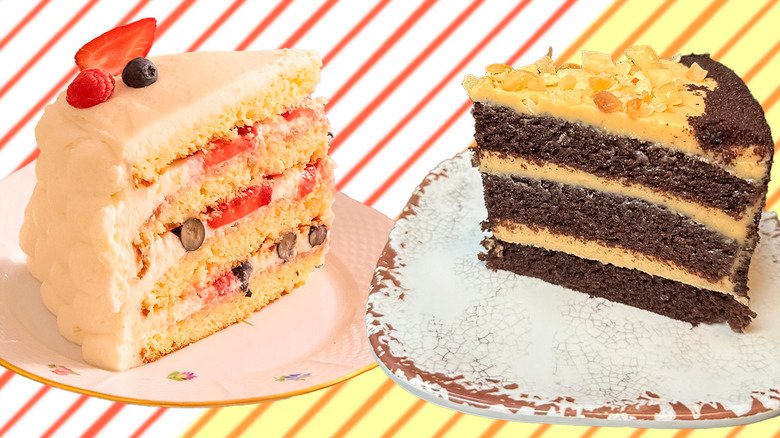In European restaurants, paying for water is standard due to cultural norms that prioritize quality and taste over free service. Unlike in the United States, where complimentary water is common, Europeans often favor premium bottled options, like San Pellegrino or Evian. This practice aligns with their drinking habits, where beverages such as wine, beer, or coffee often replace water. Moreover, tap water may be available upon request, although asking for it can vary by country and may reflect local attitudes towards its safety. Understanding these customs enriches one's dining experience and provides insights into European culture. Further exploration reveals more fascinating details.
Understanding Water Costs
Understanding the expenses related to hydration in European dining establishments can be intricate due to diverse cultural practices and regulations. In numerous European nations, patrons frequently face fees for bottled water, which is perceived as a more acceptable choice compared to tap water. This inclination originates from robust European dining traditions that emphasize flavor and quality, resulting in a widespread readiness to invest in premium bottled options like San Pellegrino or Evian.
Moreover, the expectation to incur charges for water stands in stark contrast to American dining customs, where complimentary water is typically served as a standard gesture. This discrepancy showcases a cultural split in perspectives on hydration and dining experiences. While Americans often prioritize easy access to water, Europeans usually view it as less of a necessity, frequently opting for alternative beverages like wine or soda to meet their hydration needs.
When navigating the realm of water expenses in European dining venues, it is crucial to take into account dining etiquette, such as asking about tap water availability and being aware of local regulations regarding its safety. Ultimately, being knowledgeable about these elements can significantly enhance one's dining experience while effectively managing costs.
Free Water Options
Finding hydration costs in European dining establishments often leads diners to seek complimentary water options, especially when considering the expenses linked to bottled varieties. While the search for free refreshment may appear simple, navigating this area requires understanding of local customs and social norms. Here are some approaches for obtaining free water:
- Request Tap Water: Politely ask for tap water instead of bottled brands, as many eateries offer it at no cost.
- Be Mindful of Social Norms: In certain cultures, asking for tap water may come across as rude, so gauge the restaurant's atmosphere before making your request.
- Identify Public Water Sources: Look for public drinking fountains nearby, as their availability often suggests safe, drinkable tap water in the vicinity.
- Research Local Guidelines: Recognize that some nations may not prioritize serving tap water due to safety issues, which could limit your choices.
European Drinking Habits
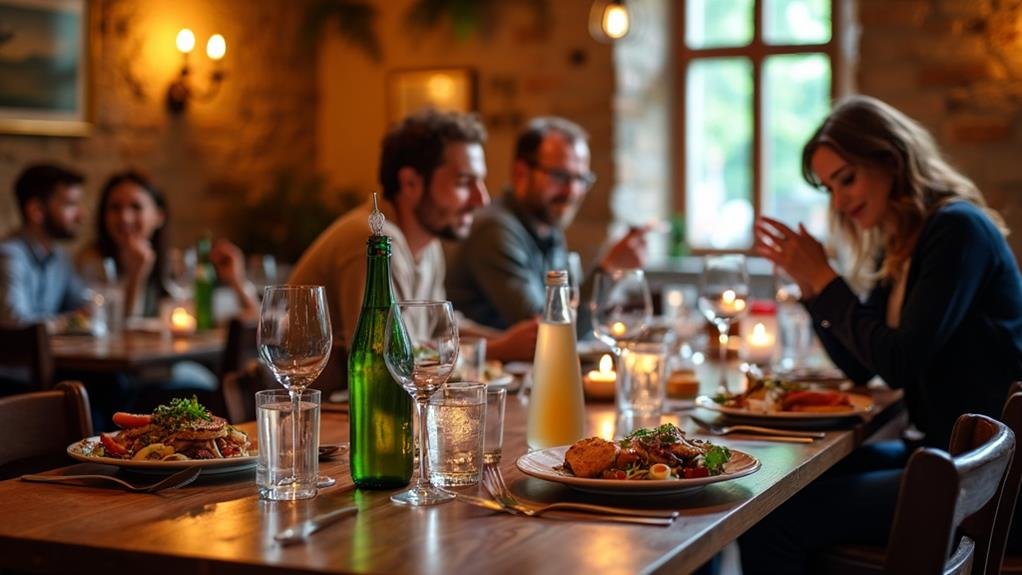
In Europe, individuals generally drink less water than people in the United States. This variation arises from cultural practices and hydration preferences. While Americans often focus on consuming large volumes of water each day, Europeans typically follow lower recommended intake guidelines. This is influenced by their frequent use of other drinks, such as espresso, herbal tea, and soda.
In various European nations, establishments serve water in smaller vessels, indicating a distinct drinking culture. This custom may reflect a preference for enjoying beverages rather than gulping them down. Consequently, paying for water in eateries like Café de Flore or Trattoria Da Enzo is usually not perceived as a burden, as it corresponds with local drinking customs.
Additionally, the popularity of brands like Evian and San Pellegrino highlights a preference for flavor and quality over sheer volume. Some individuals opt for tap water, but this isn't universally practiced, and purchasing bottled water is widely accepted. Recognizing these drinking habits offers valuable perspectives on European lifestyles and their hydration choices.
Cultural Water Differences
Cultural water disparities between Europe and the United States reveal distinct attitudes toward hydration and consumption. Americans often expect complimentary water at restaurants, while Europeans prioritize the taste and quality of bottled water brands like Evian and San Pellegrino, leading to a divergence in practices. Understanding these cultural nuances can enhance one's dining experience abroad. Consider the following aspects:
- Hydration Sources: Europeans frequently rely on beverages such as wine, beer, or coffee for hydration rather than water alone.
- Serving Sizes: Water is typically served in smaller glasses, reflecting a distinct approach to consumption.
- Regulatory Differences: The safety and regulation of tap water vary widely across European nations, influencing preferences for bottled options.
- Cultural Norms: In many European cultures, paying for bottled water is considered normal, while requesting complimentary options might be viewed as unconventional.
These distinctions highlight how cultural values shape hydration habits, illustrating a broader spectrum of consumption attitudes. Embracing these differences fosters appreciation of local dining customs and enriches the overall experience of traveling through Europe.
Tips for Restaurant Visits

When dining in European eateries, it's important to understand local customs regarding hydration service. To avoid unexpected charges, consider requesting tap water instead of bottled options. However, be mindful that this request may not always align with local dining etiquette, especially in regions where brands like Evian or Perrier are preferred for taste and safety.
Before your visit, research the regulations surrounding tap water in your destination country. In some areas, tap water may not meet safety standards, while others may have public water fountains, indicating safe drinking alternatives. Understanding these factors can enhance your dining experience.
Additionally, remember that Europeans generally consume less water than Americans, often relying on beverages like wine or soda for hydration. Consequently, some establishments may prioritize bottled water, viewing it as the only acceptable choice. This difference in drinking habits may affect your experience at the table.
Ultimately, being informed about local customs and regulations will help you make better decisions regarding hydration service during your restaurant visits, ensuring a more enjoyable and accommodating dining experience in Europe.


